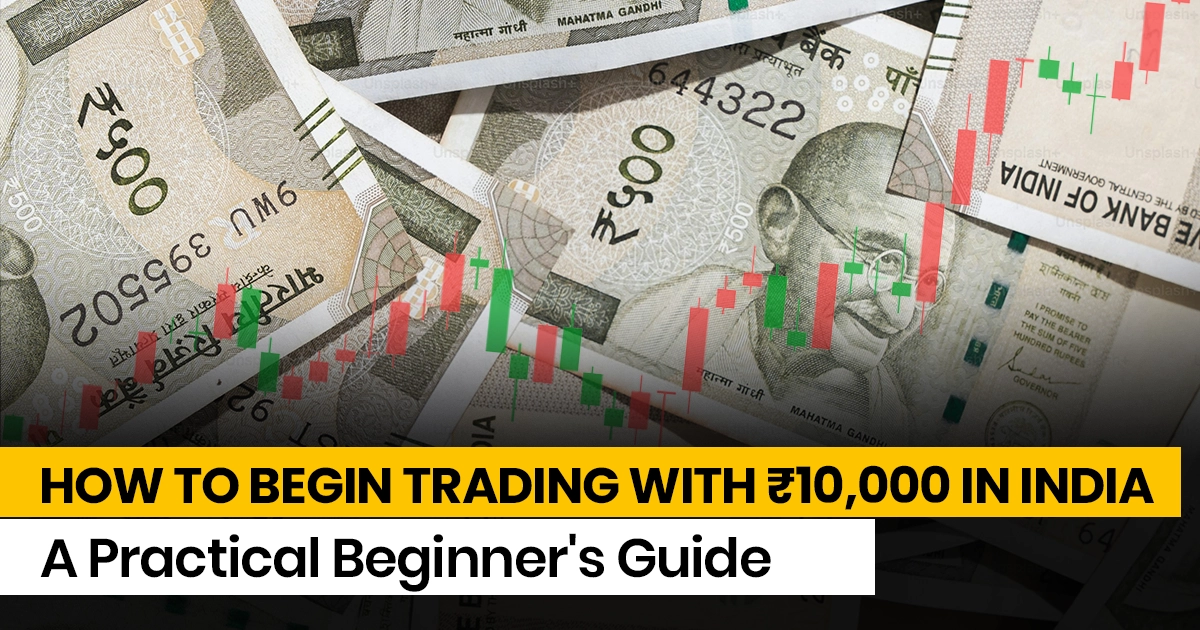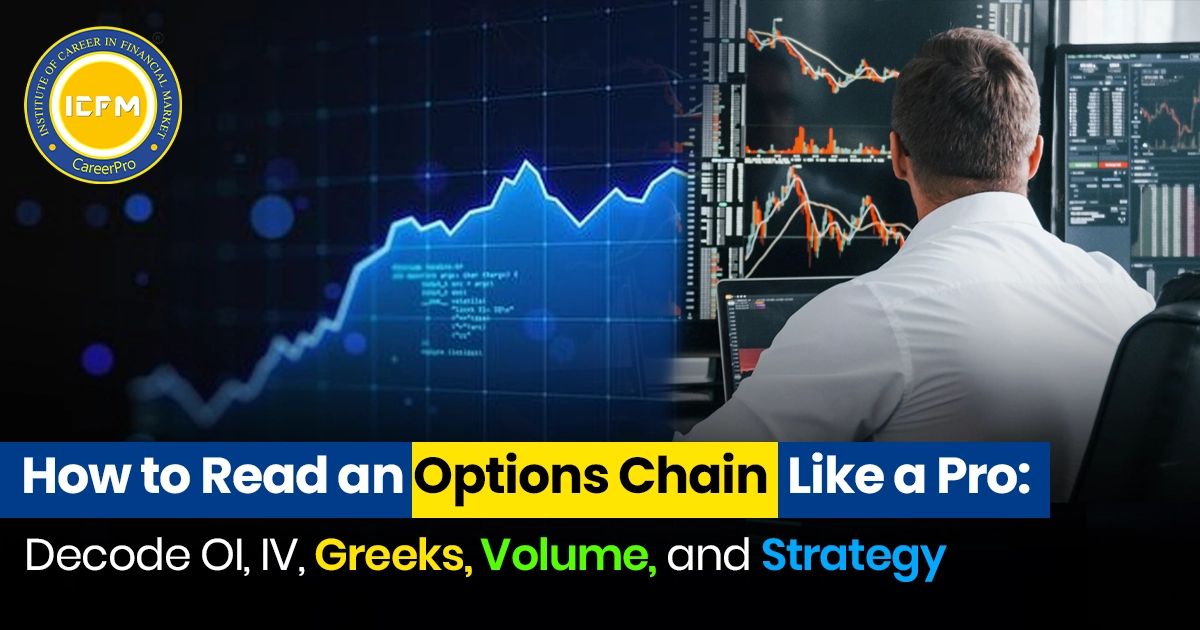Butterfly Spread
The butterfly spread is quite a popular options trading strategy among the various options trading methods used by the traders to take advantage of the low volatility in the stock or index market.
Overview
Butterfly Spread in India: It's an options trading strategy in which call and put options on stocks or indices that are listed on the various exchanges, for example NSE or BSE, are traded.
A butterfly spread may be done using call options as well as put options.
Types of Butterfly Spreads:
1. Long Butterfly Spread:
Formation:
- Buy 1 option at a lower strike price (Strike A)
- Sell 2 options at an average strike price (Strike B)
- Buy 1 option at a high strike price (Strike C)
Example: Stock: Nifty 50 trading at ₹15,000
- Buy 1 call at ₹14,800 (Strike A)
- Sell 2 calls at ₹15,000 (Strike B)
- Buy 1 call at ₹15,200 (Strike C).
Net Position: Usually a debit transaction.
2. Short Butterfly Spread:
Structure:
- Sell 1 option at a lower strike price (Strike A)
- Buy 2 options at a mid-strike price (Strike B)
- Sell 1 option at a higher strike price (Strike C)
Example: Using the previous Nifty 50 example
- Sell 1 call at ₹14,800 (Strike A)
- Buy 2 calls at ₹15,000 (Strike B)
- Sell 1 call at ₹15,200 (Strike C)
Net Position: Normally a credit trade.
Profit and Loss Potential:
1. Long Butterfly Spread:
- Maximum Profit: Nifty closes at ₹15,000.
- Maximum Loss: Limited to the net premium paid to create the spread.
- Breakeven Points: Can be calculated with those formulas
above.
2. Short Butterfly Spread:
- Maximum Profit: Must be capped at the net premium received.
- Maximum Loss: Can be heavy to considerable depending upon movement of underlying away from the strike at the middle.
- Breakeven Points: Same sorts of calculations above.
Market Conditions in India:
1. Regulatory Environment: Options trading falls under the
purview of the Securities and Exchange Board of India (SEBI), thus providing
degrees of security and transparency to traders.
2. Volatility: The Indian market is associated with different
levels of volatility depending upon several factors such as economics-driven
activities, company news, and other market sentiments.
3. Liquidity: Liquids stocks as well as indices like Nifty and
Bank Nifty shall be opted for in order to avoid slippage, thus optimizing
execution.
Implementation Steps:
- Market Analysis: Use technical and fundamental analysis to project the possible volatility.
- Choose Strike Prices and Expiration: Determine appropriate strike price and expiration dates based on your outlook of the market.
- Trade: Effectuated through a trading platform provided by a broker that allows options trading.
- Monitor and Update: Keep an eye on how the underlying asset is performing and at what levels volatility in the markets is occurring and adjust yours.
Risks and Considerations:
- Transaction Costs: Be aware of brokerage costs and taxes
that may further affect profit given that you have multiple legs in the spread.
- Margin Requirements: Verify you have sufficient margins in place determined by your broker to trade multi-leg strategies.
- Market Movements: Extreme movements toward either ends can cause significant losses if not in the middle strike.
Example Scenario:-
1.Assume:
Long butterfly spread:
- Buy 1 call at ₹14,800
- Sell 2 calls at ₹15,000
- Buy 1 call at ₹15,200
- Let the net premium paid be ₹100.
2. Profit Calculation:
- Nifty would close at ₹15,000 on maturity. So, all of your
gains would be capped minus the premium paid.
- If Nifty does not cross ₹14,800 or crosses ₹15,200, you will lose to the extent of the premium paid.
- As already revealed above, losses would be limited to just the premium paid.
Conclusion:
This butterfly spread can become a great options trading
strategy for Indians who expect lower volatility. A trader understands the
mechanics of this strategy well to use it in order to outsmart risk, hopefully
making some potential dollars. Of course, as always, one has to find out much
more and probably talk to a financial advisor before even opening an account
for options trading.









